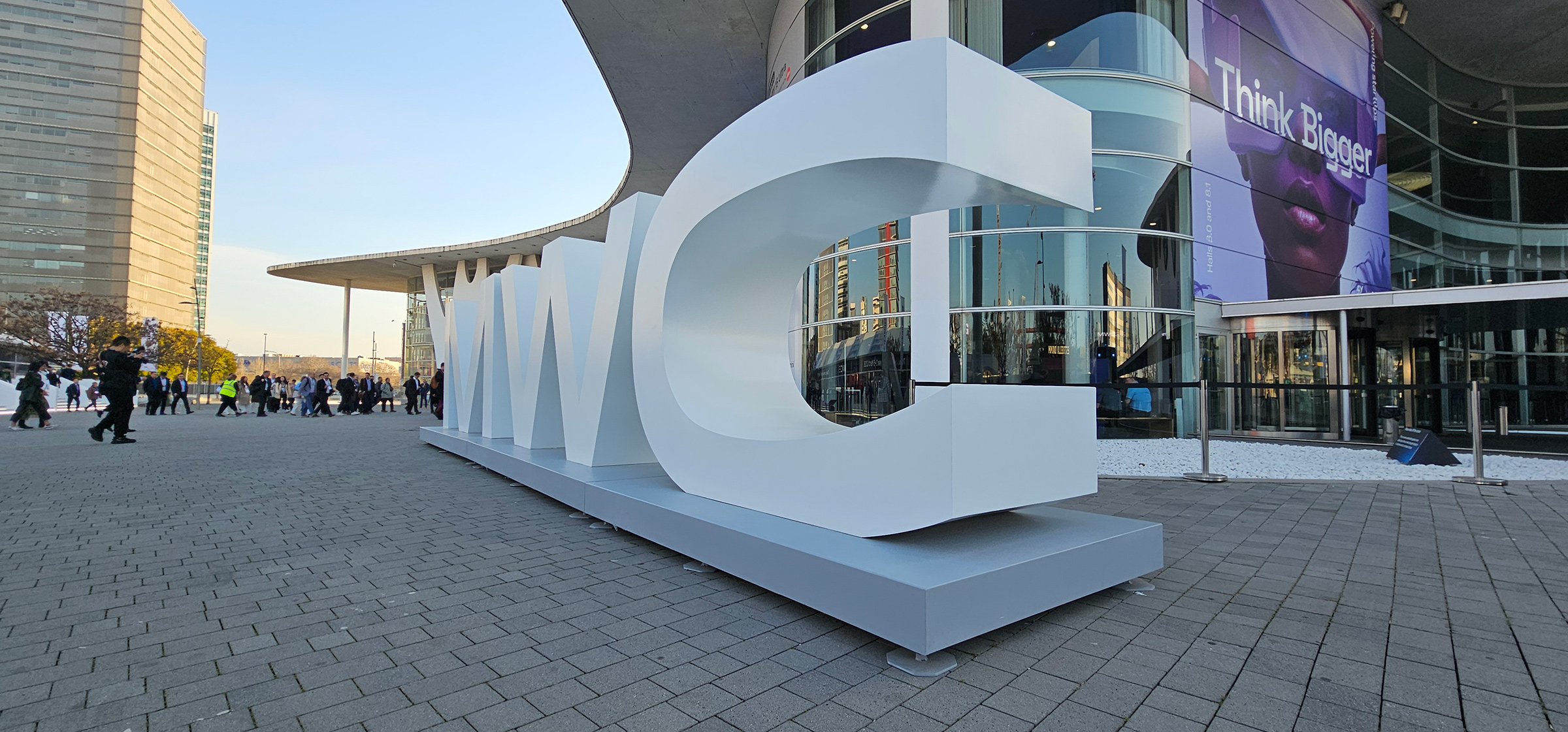What can 109,000 telco industry experts from over 200 different countries agree on in 2025?
The AI grace period is over
2024 was the year of exploring what’s possible. Optimism, idealism and perhaps a little skepticism colored the conversation. For last year’s communication service providers (CSPs), AI was still a distant dream of ruthless efficiency and revolutionary customer experiences in some nebulous future state—per Telecoms.com’s Annual Industry Survey in late 2023, as many as 19% of CSPs weren’t yet planning to deploy AI at all.
But just over a year later, it’s a different story. AI has already become CSPs’ top priority investment area for 2025. And at Mobile World Congress, this tone reversal shone through as an overarching imperative: CSPs must embrace 2025 as the prove-it year for AI.
The telco industry is reaching a pivotal juncture. Those who decide on a pragmatic course of action and commit to it will pull ahead, while organizations that fail to incorporate AI will be left to reverse-engineer their competitors’ successes.
For CSPs that are still determining a path forward, draw inspiration from four prominent themes that telco industry leaders identified as the future of AI at MWC 2025:
Agentic AI is in
The imaginative output of generative AI (GenAI) may garner the biggest mainstream buzz, but at MWC 2025, the talk was all about agentic AI.
Unlike GenAI, which is limited to creating content in direct response to prompts, agentic AI acts autonomously. These agents can be trained to proactively identify issues, evaluate solutions and commit to a decision—all without a person pulling the strings.
Such technology promises endless applications to the customer experience (CX). While AI is commonly used as a virtual assistant in call centers today, Gartner predicts that agentic AI will resolve 80% of common customer service issues without human intervention by 2029. Smarter self-service options translate to lower operational costs, enhanced productivity and stronger customer loyalty for telcos that embrace agentic AI.
Efficient AI models provide the most value
Do bigger AI models generate bigger returns? Not necessarily. The behemoths are impressive, but the heavy investment they demand is difficult to recoup—let alone surpass. In some cases, smaller, specialized AI models have even been shown to consistently outperform generic ones. CSPs should go for what works now over what might “wow” tomorrow. It’s energy-efficient AI models that will be the game changer for telcos.
Training a large language model (LLM) like GPT-3 is purported to drain about as much power as 130 U.S. homes consume annually. Meta’s next-generation AI model, Llama 4, will require 10 times more computing than its predecessor—and it’s only expected to grow from there.
If the most exciting AI use cases for telcos require such vast amounts of energy, then it would be prudent to focus on more sustainable models for immediate value. Infrastructure still has a long way to go before some iterations will even be possible. Smaller, simpler AI models can enable workflows that make a real difference for CSPs without expending excess resources.
AI literacy will become an essential investment
Before telcos can put their best-laid plans for AI into effect, they’ll need to prepare the workforce. This task is easier said than done. By some estimates, the scale of reskilling required can be compared to the Industrial Revolution. Even digital-native Gen Z is underequipped to leverage AI. CSPs need to factor the cost of large-scale training into their AI investments.
AI literacy is on track to become a critical competency, even for employees outside the IT suite. It isn’t scalable to view data scientists alone as the go-between for man and machine. As AI becomes increasingly pervasive, every level of the organization must have a familiarity with the basics to see success.
The good news? Research indicates that many professionals are eager for the opportunity to upskill. CSPs can start preparing the workforce by taking a strategic approach to AI integration that includes a comprehensive plan for learning and development.
AI must merge with CX
Artificial intelligence isn’t new. Voice assistants like Siri and Alexa, online editors like Grammarly, even virtual chess games—all of these are examples of traditional AI. So why the AI hype at MWC? The surging interest in GenAI and agentic AI may be attributed to their capacity to help organizations meet modern consumer expectations. But first, the technology must fully integrate with CX.
Today, AI complements the user experience (UX) with task automation and data-driven insights. The future is when AI becomes the UX. For a true omnichannel experience, all apps must work in tandem to allow for true connection. To achieve this, AI needs to act as the brain that unifies device workflows—from a customer’s smartphone to their tablet to their wireless earbuds—without the user ever being aware of it.
CSPs need to build systems that can scale and talk to one another to harness AI’s potential. But most importantly, the architecture must be designed to map to CX.
AI was a central theme at Mobile World Congress 2025, but there’s far more to explore from the world’s largest connectivity event. CSG took the stage to discuss wholesale revenue opportunities, strategies for digital-first growth, enterprise agility driven by the cloud and much more.
Want more insights from MWC 2025?
Watch the recorded sessions and hear our top takeaways from Barcelona—it’s all on CSG’s MWC 2025 event recap hub.


